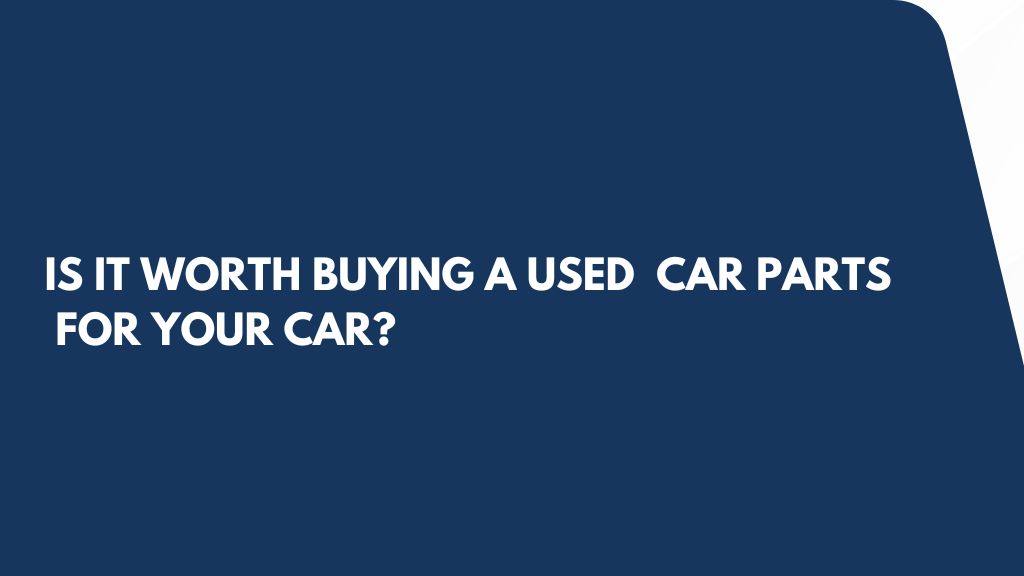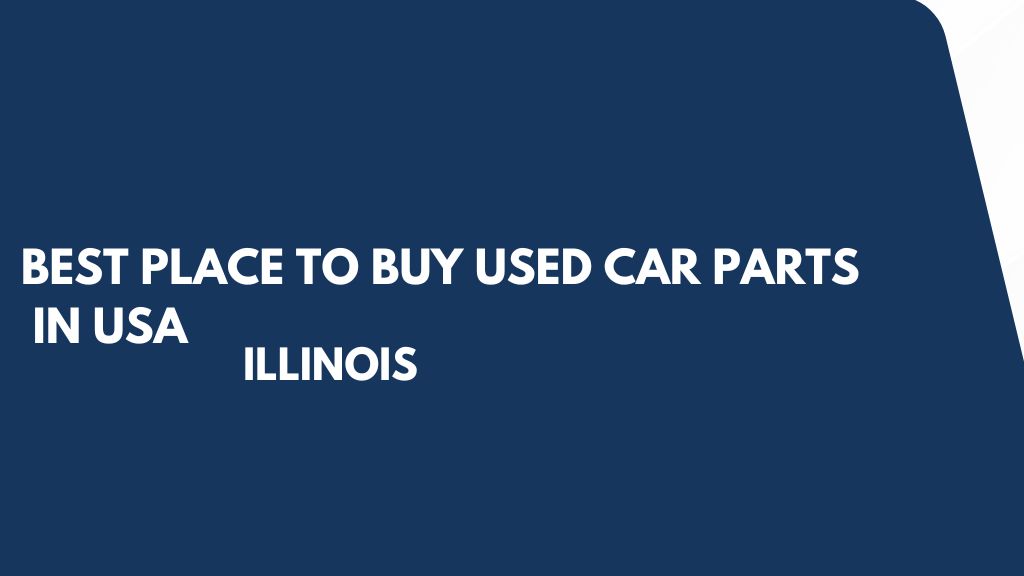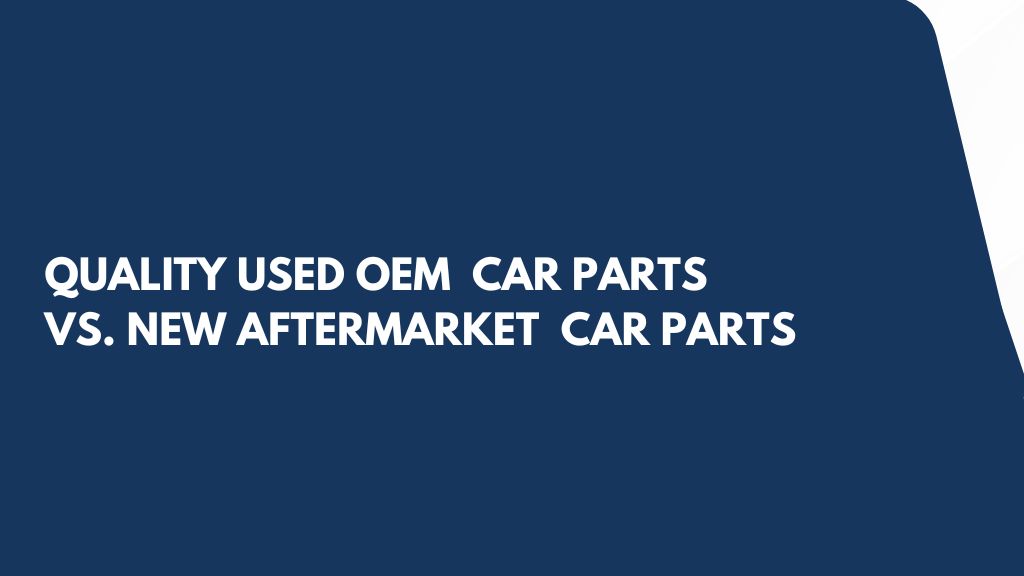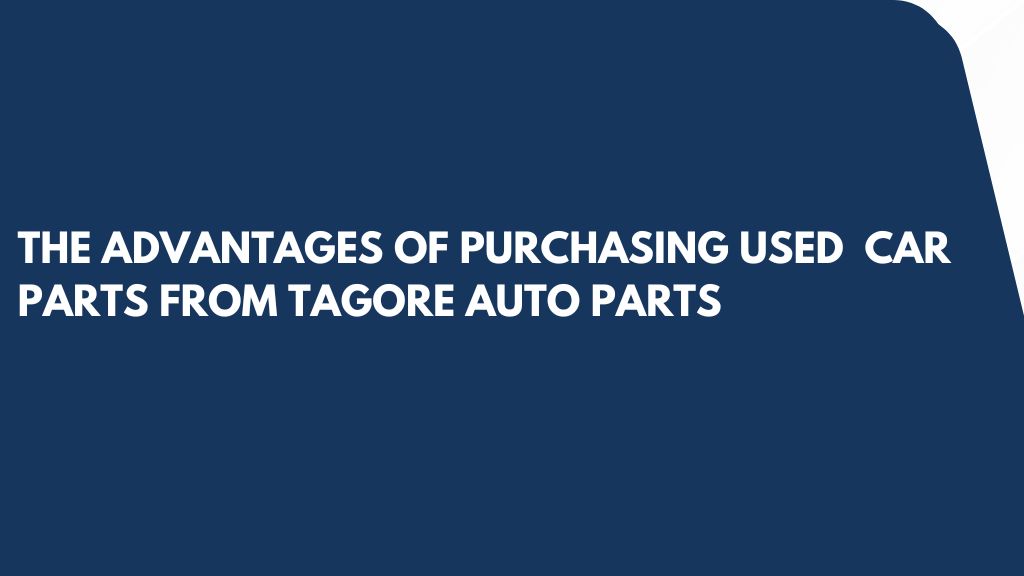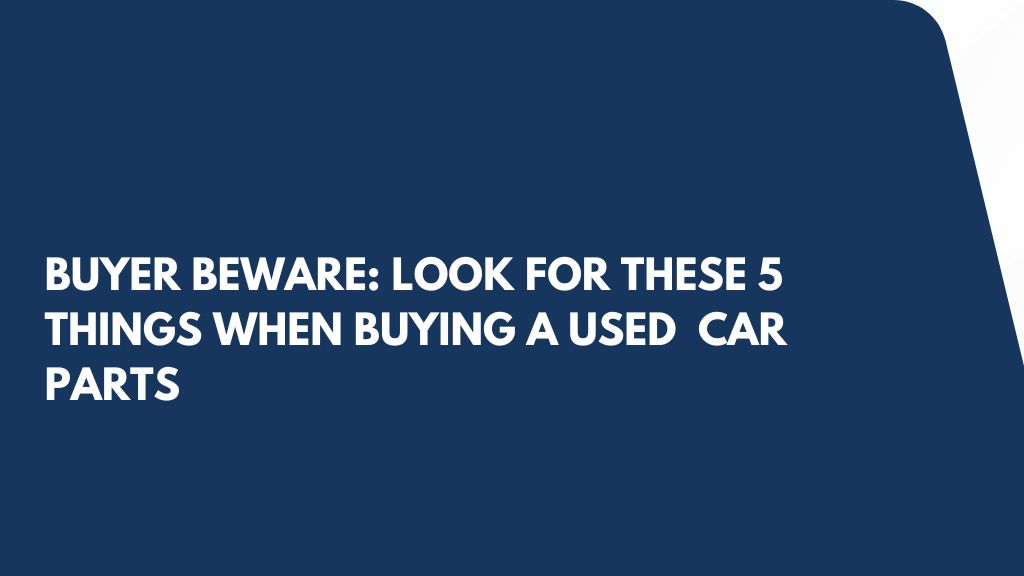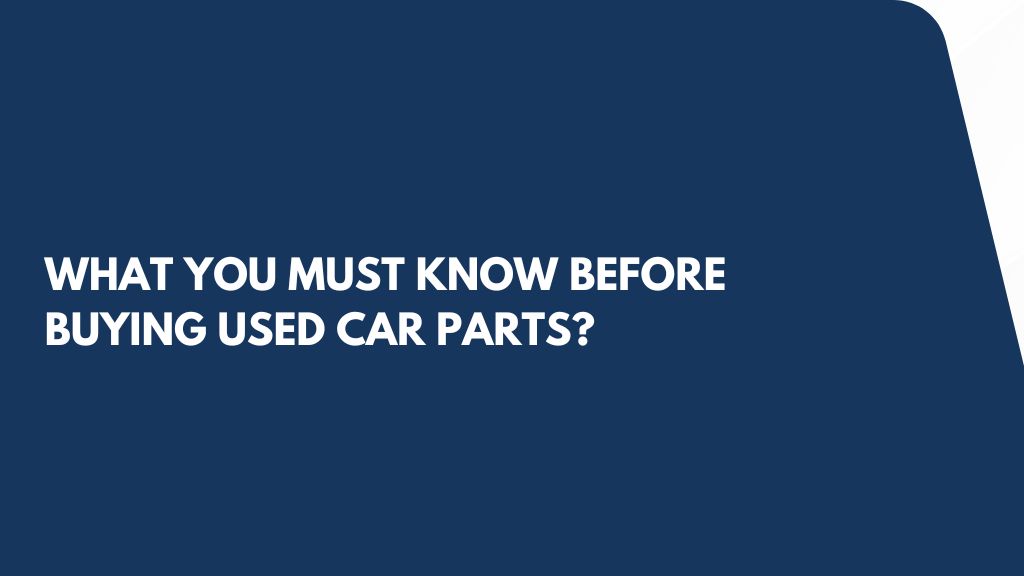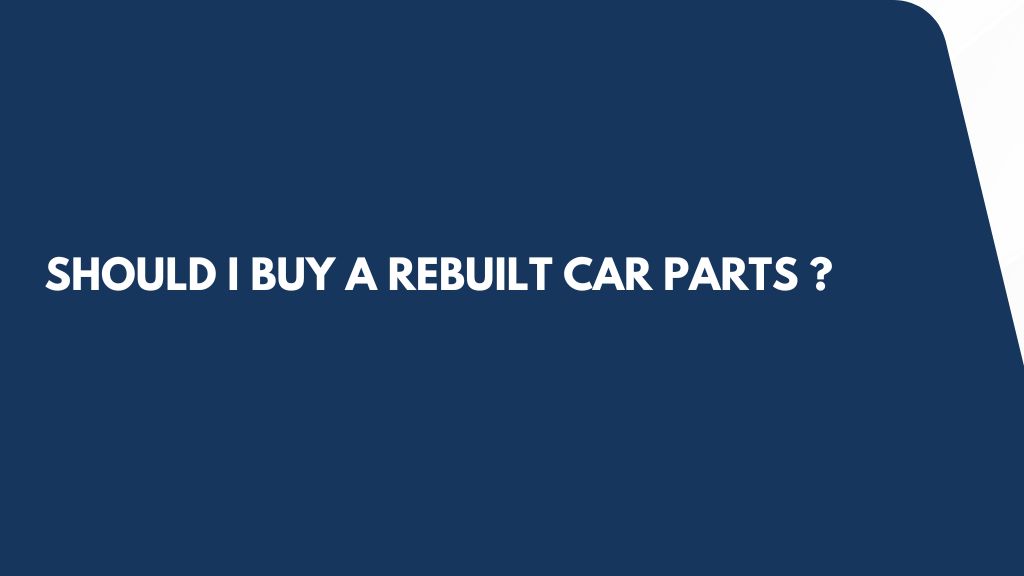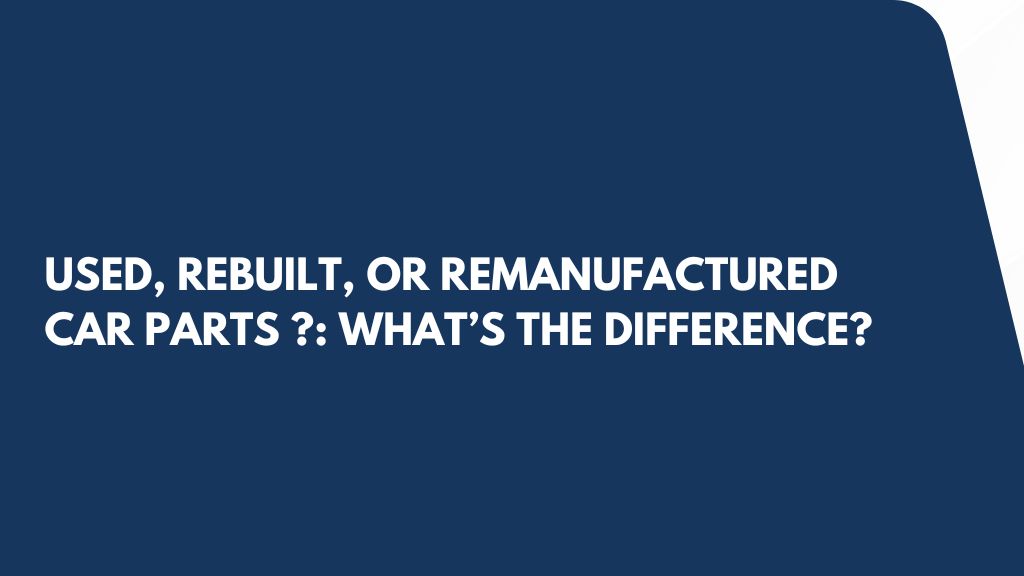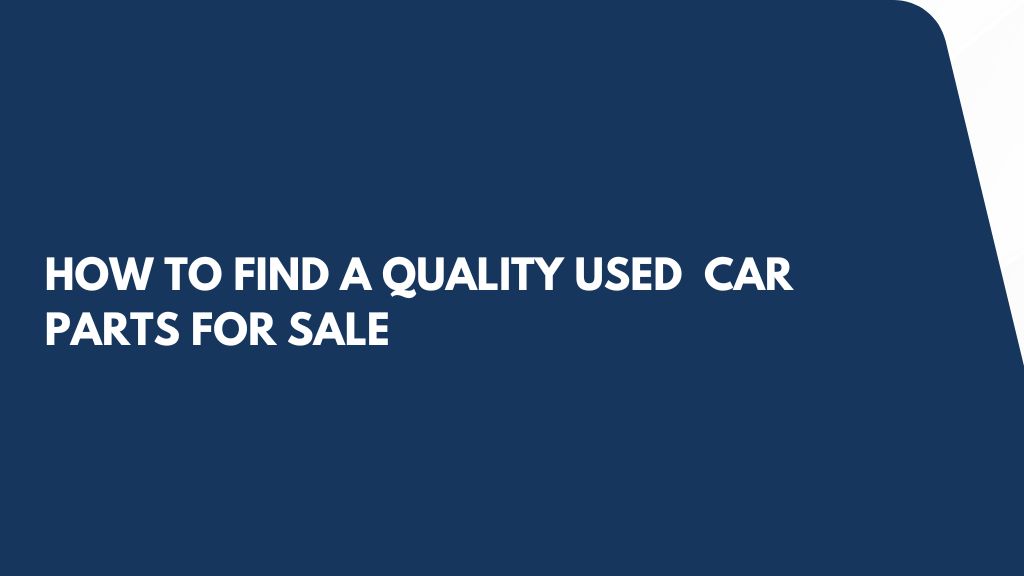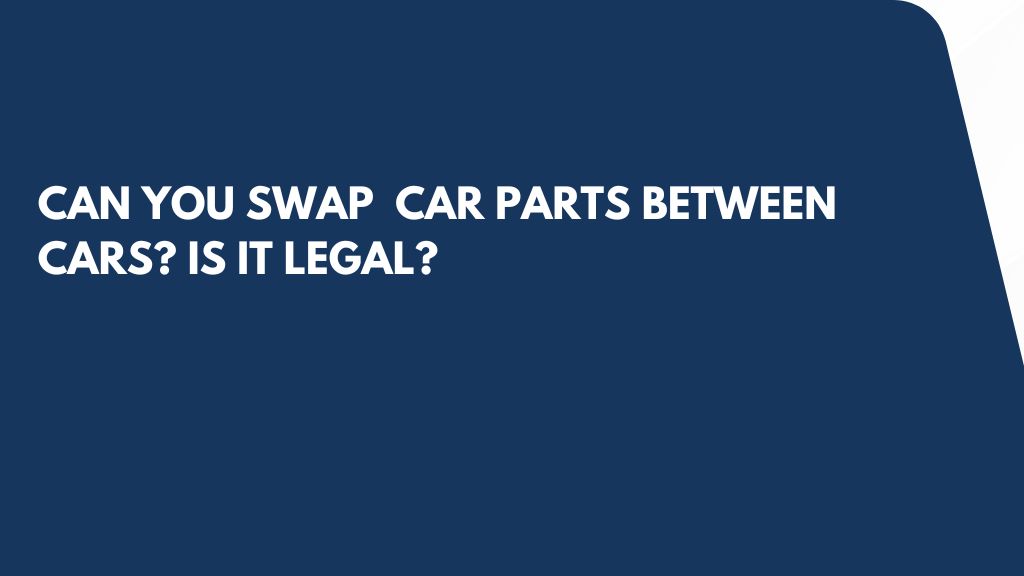Car Parts
Owning a car means taking care of it to keep it running well and lasting long. Knowing your car's parts and their roles is crucial. At Tagore Auto Parts, we offer top-quality used parts to keep your car in shape. In this guide, we’ll cover key parts, functions, and maintenance tips.
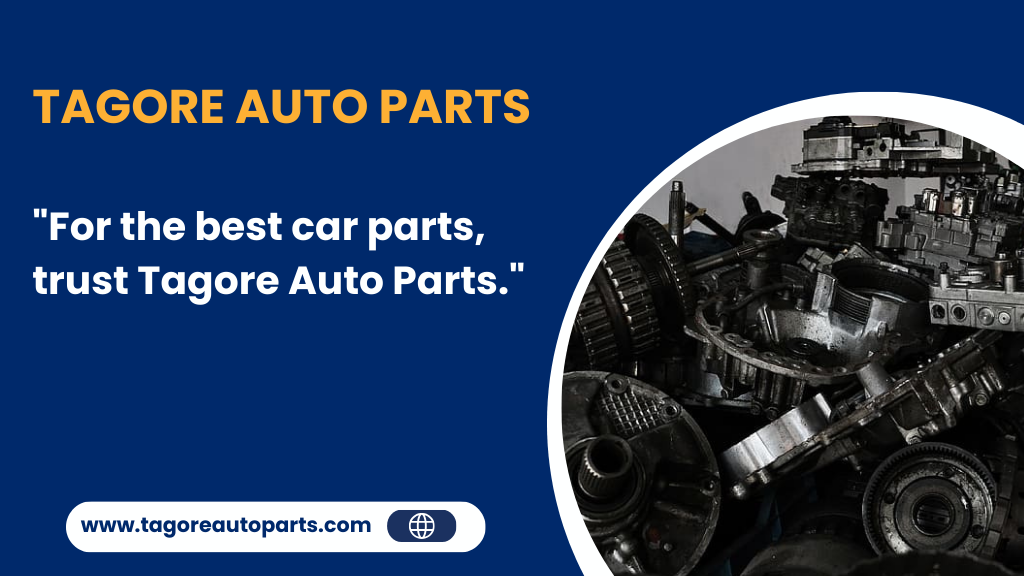
Engine
The engine is the heart of your car. It is a complex machine built to convert heat from burning gas into the force that turns the road wheels.The chain of reactions which achieve that objective is set in motion by a spark , which ignites a mixture of petrol vapour and compressed air inside a momentarily sealed cylinder and causes it to burn rapidly. That is why the machine is called an internal combustion engine . As the mixture burns it expands, providing power to drive the car.To withstand its heavy workload, the engine must be a robust structure. It consists of two basic parts: the lower, heavier section is the cylinder block, a casing for the engine's main moving parts; the detachable upper cover is the cylinder head .The cylinder head contains valve-controlled passages through which the air and fuel mixture enters the cylinders, and others through which the gases produced by their combustion are expelled.The block houses the crankshaft , which converts the reciprocating motion of the pistons into rotary motion at the crankshaft. Often the block also houses the camshaft , which operates mechanisms that open and close the valves in the cylinder head. Sometimes the camshaft is in the head or mounted above it.
Transmission
A car transmission is a crucial component in the drivetrain that transfers power from the engine to the wheels. Transmissions can be either automatic or manual, with manual transmissions requiring the driver to manually change gears. Manual transmissions work by using a clutch pedal and shifter to engage or disengage the engine from the transmission.There are various types of manual transmissions, including dual-clutch, unsynchronized, synchronized/constant mesh, automated and preselector. Automatic transmissions, on the other hand, use a torque converter to change gears and do not require manual shifting.If you’ve wondered about how a transmission works, the process varies depending on the type of transmission. Whatever type of transmission it is, the answer to what does a transmission do is it enables the gear ratio between the drive wheels and engine to adjust as the car slows down and speeds up.When a vehicle is stopped, the transmission disconnects the engine from the drive wheels so that the engine can keep idling when the wheels aren’t in motion. Transmissions also enable quick acceleration from a stop and enable the engine to run more slowly to cut down on wear while the vehicle is driving at consistent speeds.
Turbo
A car engine works on the principle of internal combustion. When the fuel is ignited in a small enclosed space, it releases an incredible amount of energy in the form of gas.The idea is to create a cycle where hundreds of such tiny explosions per minute occur within the cylinder.Each explosion cycle requires another intake of heat, fuel, and air. And by increasing any of the three elements, you can increase the explosion size, resulting in more energy production.If you have a larger tanker, you can increase the quantity of fuel and produce more power. But the higher use of fuel will also cost you more.A turbo engine, on the other hand, forces more air into the engine cylinders, thereby increasing the strength of combustion and producing more power. The phenomenon is called the forced induction of air into the combustion chamber.
Brakes
The braking system is the most important safety system in a vehicle and helps bring the vehicle to a complete stop.There are two primary types of braking systems in passenger vehicles: disc brakes and drum brakes.Drum brakes were the first type of braking system introduced and use hydraulic pressure to slow down the wheels. Disc brakes are the standard for most vehicles and use brake calipers and steel rotor discs to create friction and slow down the wheels.Signs of worn brake parts include vibrations in the steering wheel, having to press the brake pedal down hard, loud noises, the car pulling to one side and the brake light on the dashboard coming on.There’s no safety system on a vehicle more important than the braking system. This system helps slow down the rotation of the wheels when the brake pedal is depressed, ensuring a vehicle comes to a complete stop.There’s a lot going on within a braking system during this process. Keep reading to learn more about the different types of car brakes, the parts they include and how they work.
Car alternator
Under the hood, an alternator looks like a small cylindrical generator. You will typically find it bolted to the engine. A car alternator, along with the battery and voltage regulator, is one of three main parts of a vehicle’s electric charging system. What an alternator does is supply electricity to be stored in a vehicle’s battery. It is the alternator’s function to take in mechanical power from a drive belt or serpentine belt connected to the engine’s crankshaft pulley and then convert this mechanical energy into electricity.
The alternator, that generates mechanical energy that may be converted into electrical energy, is an essential component of an automobile's electrical system. It uses a driving belt to turn the rotor, a cylinder attached to a metal shaft, into an electromagnet. A copper wire winding encircles the spinning rotor in the stator. Controlling voltage and rectifying devices create direct power that works with the vehicle's battery, while voltage regulators regulate the electrical output. Through current rerouting, diodes transform AC charge to DC charge.
Wiring Harness
Automobiles and other road vehicles such as trucks and buses are one of the most demanding applications for mechanical and electrical design. The electrical systems in these applications must operate properly over a wide range of environmental conditions, facing extreme temperature, humidity, sunlight, dirt, vibration, and more. The electrical system must also meet user expectations of reliability and mandatory safety-critical design practices. With the growing focus on autonomous driving, advanced driver assistance systems (ADAS), and infotainment platforms, a sophisticated electrical system that underlies the vehicle must be handled efficiently and should not generate any electrical hazards for the safety of the passengers and vehicle as well.
Automobiles contain many wires and cables which would stretch over several kilometers if fully extended. By binding them into a cable harness, they can be better secured against the adverse effects of vibrations, abrasions, and moisture. Constricting the wires into a non-flexing bundle optimizes usage of space while decreasing the risk of a short. Since the installer has only one harness to install (as opposed to multiple wires), installation time decreases, and the process can be easily standardized. Binding the wires into a flame-retardant sleeve also lowers the risk of electrical fires. Designing such a modern vehicular electrical system is a significant task in the automotive development process and this is done in wiring harnesses.
Engine Block
An engine block - also known as a cylinder block - contains all of the major components where the combustion process takes place in a reciprocating engine. Usually made from an aluminium alloy (cast iron in older engines), it houses the cylinders and their components, the water cooling system and the crankcase. Its metal construction gives it strength and the ability to transmit heat from the combustion processes to the integral cooling system in an efficient manner. This water jacket, as it’s sometimes known, is supplied by the car’s radiator, which cools the water before it is pumped back into the engine block. Without cooling, the engine quickly becomes less efficient and would ultimately seize.The water jacket surrounds the engine’s cylinders, of which there are usually four, six or eight and which contain the pistons. When the cylinder head is in place (it secures to the engine block), together with the camshaft, the pistons move up and down within the cylinders and turn the crankshaft, which ultimately drives the wheels.The oil pan sits at the base of the engine block. This reservoir provides lubrication for the engine’s moving parts and its level is checked electronically, via the car’s dashboard, or with the use of a dipstick, which is installed in the engine block. The engine oil should be changed at prescribed intervals - this is done via the sump plus, which sits on the base of the block, or by using a vacuum pump and a hose inserted through the dipstick hole. The oil filter should be changed at the same time.
Struts
Struts are essential components of a vehicle's suspension and steering systems, supporting the vehicle's height, weight, and stability. They consist of the coil spring, which supports the vehicle's height, weight, and stability, and the shock absorber, which absorbs bumps and dampens vibrations. Struts can be installed with the front wheels or at the rear wheels depending on the vehicle's setup and driveline. The MacPherson strut is the most widely used design, serving as a shock damper and designed to handle significant lateral loads. Other common strut designs include the coilover strut and the air strut. Strut tower braces can enhance vehicle dynamics during high-speed handling maneuvers. Regular inspections by authorized technicians are recommended, especially in climates with higher precipitation.
Fuel oil Pump
Fossil fuels are essential for modern society, running vehicles, heating homes, and powering generators. Fuel oil pumps transport fuel from storage tanks to where it's needed, handling various types of liquid fuels. There are three main types of fuel oil pumps: positive displacement, submersible turbine, and centrifugal pumps. Positive displacement pumps transfer fuel to boiler feed pumps, filtration systems, generators, and tank return flow pumps. Centrifugal pumps are commonly used in the oil and gas sector, but have limitations such as high-pressure flows and self-priming difficulties. Submersible turbine fuel oil pumps offer high flow rates without priming or suction issues, but are limited to pressures of 50 pounds per square inch. Hayes designs and engineers fuel oil pump sets that are dependable, easily manageable, and sturdy. Features include dual strainers, high-pressure threaded fittings, interconnecting threaded piping, a mounted control panel, and positive displacement pumps.
ECU (Electronic Control Unit)
An electronic control unit (ECU) is a small device inside a vehicle that controls one or several electrical systems in that vehicle. It tells electrical systems what to do and how to operate. ECU’s core is a microcontroller and it is controlled by embedded software.How does it work? An electronic control unit receives input from one or several parts of the vehicle and uses that information to take action if needed. For example, an airbag ECU receives information from crash sensors and seat sensors. When there is a crash, the ECU decides which airbags to deploy depending on where passengers are sitting. Then it tells the actuators to deploy them. Then the actuators convert the electrical signal into the physical value needed, using valves, injectors or relays.Vehicles may contain over 100 ECUs that in addition to essential functions, like engine performance and power steering, control comfort and security features, such as parking assistance, memory seats and airbag deployment.
Contact Tagore Auto Parts:
Ready to find the Quality used Car Parts for your car? Visit Tagore Auto Parts today or contact us using the information below:
Phone: +1 888-656-5933
Address: 2700 Patriot Blvd, Glenview, IL 60026, USA
Email: support@tagoreautoparts.com
Website: www.tagoreautoparts.com


